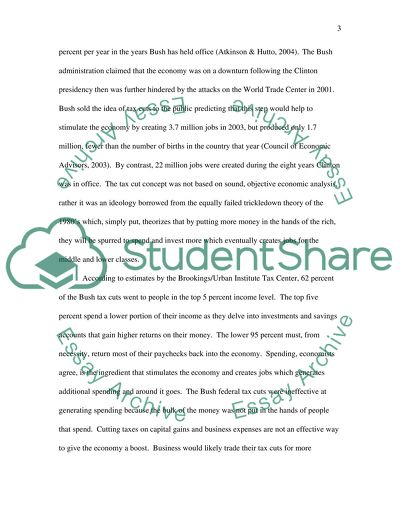Cite this document
(“A comparitive Study of Clinton's and George Bush's Economic Policies Essay”, n.d.)
Retrieved from https://studentshare.org/miscellaneous/1536564-a-comparitive-study-of-clintons-and-george-bushs-economic-policies
Retrieved from https://studentshare.org/miscellaneous/1536564-a-comparitive-study-of-clintons-and-george-bushs-economic-policies
(A Comparitive Study of Clinton's and George Bush'S Economic Policies Essay)
https://studentshare.org/miscellaneous/1536564-a-comparitive-study-of-clintons-and-george-bushs-economic-policies.
https://studentshare.org/miscellaneous/1536564-a-comparitive-study-of-clintons-and-george-bushs-economic-policies.
“A Comparitive Study of Clinton's and George Bush'S Economic Policies Essay”, n.d. https://studentshare.org/miscellaneous/1536564-a-comparitive-study-of-clintons-and-george-bushs-economic-policies.


